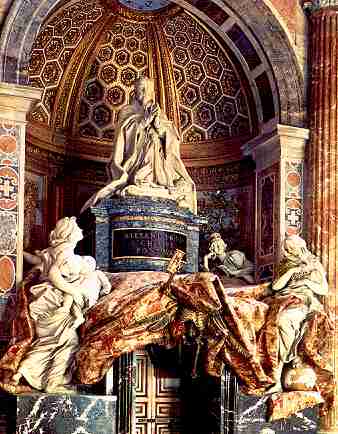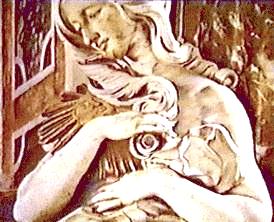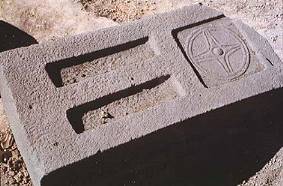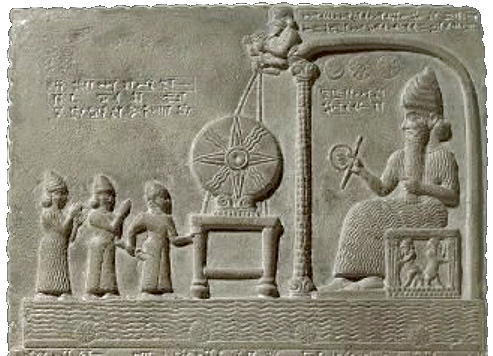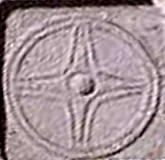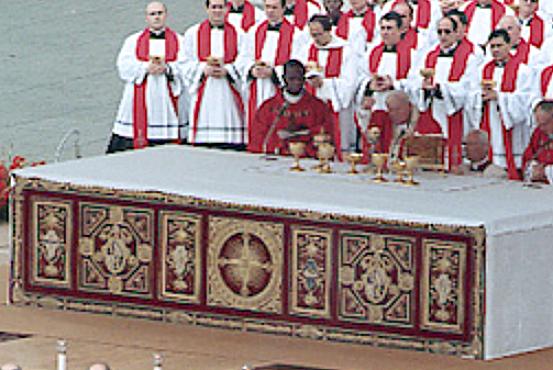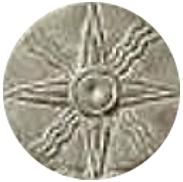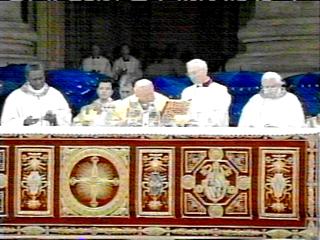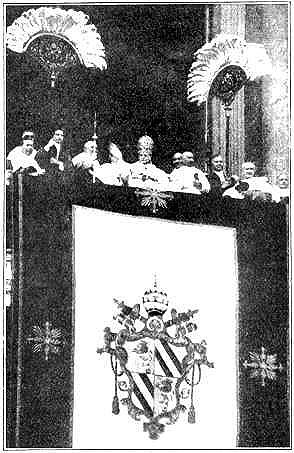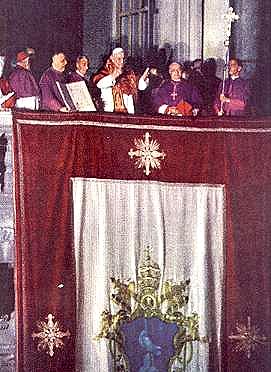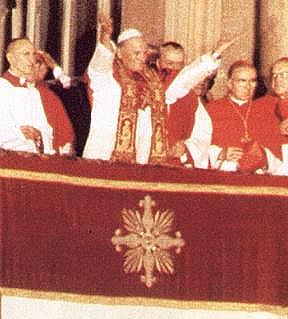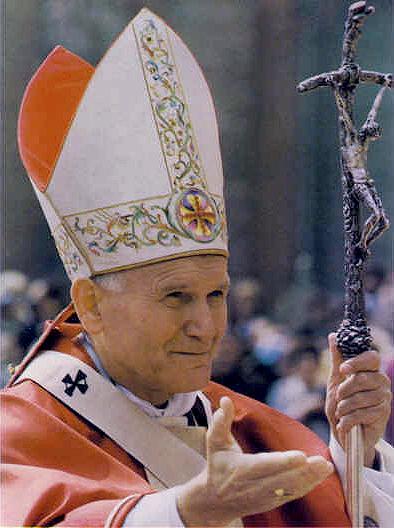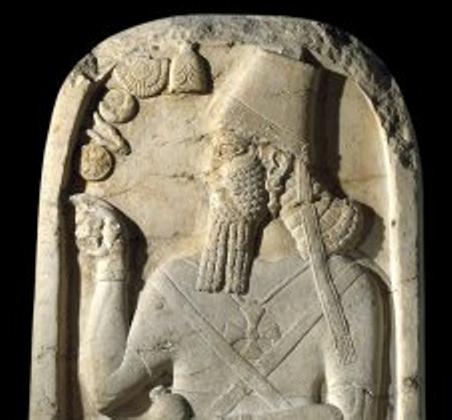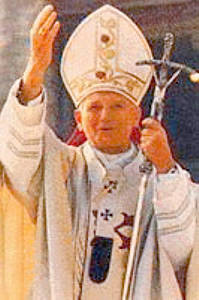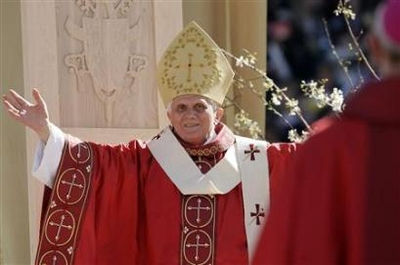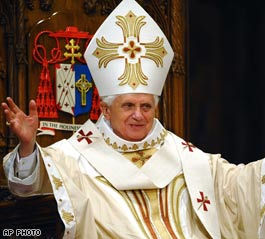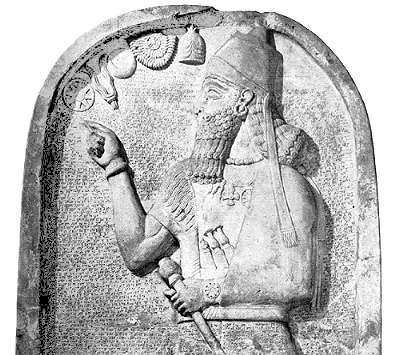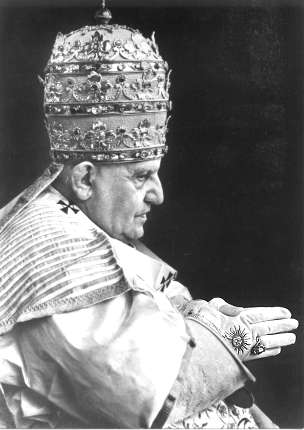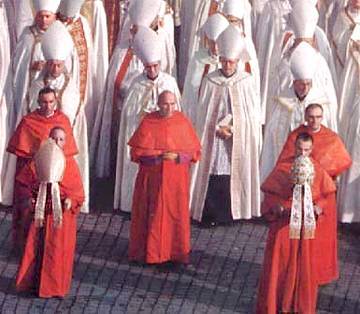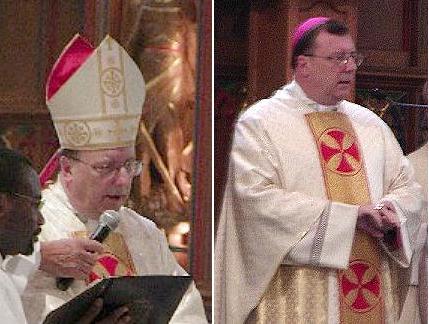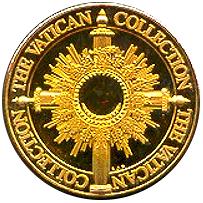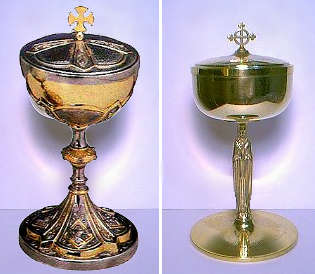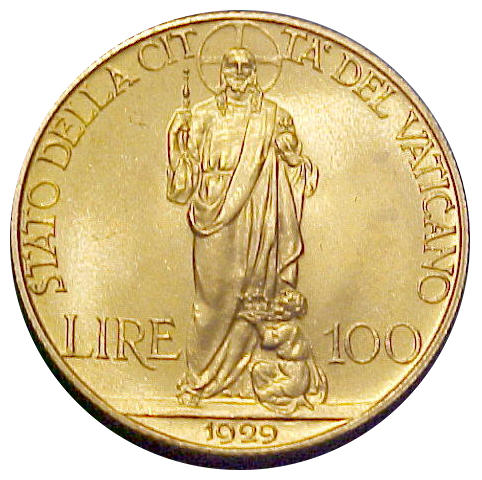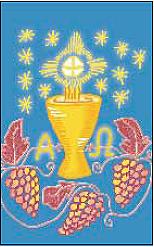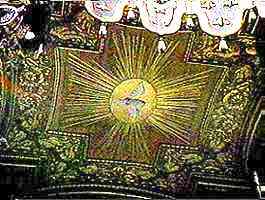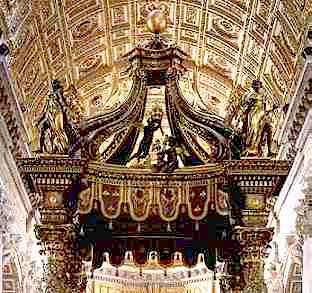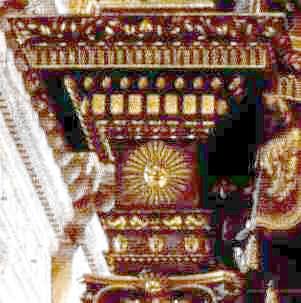In the Vatican's St. Peter's basilica in Rome, there is a
rather remarkable sculpture that probably goes mostly unnoticed by those who
visit there. It is a part of a sculpture group by Gian Lorenzo Bernini
decorating the tomb of Pope Alexander VII. At the four corners surrounding the
kneeling Pope, are the four virtues, Charity, Prudence, Justice and Truth.
Charity is on the front left side and "La Verita", which means "The Truth" is
on the right front side of the overview below.
Historically, pagan Babylon worshipped the sun as a deity, and
pagan Rome also worshipped the invincible sun. The Roman Catholic Church, with
the assistance of Caesar's civil Sunday law (Constantine),
transferred the Sabbath rest to the Sun Day, and commonly uses images and
symbols of the sun. In the following articles we will examine the many pagan
sunburst images used by the Catholic Church in various forms of art.
Scripture Testifies That Stars Depicted
Pagan Gods
Amos 5:26 But ye have borne the tabernacle of your Moloch
and Chiun your images, the star of your god, which ye made to yourselves.
Acts 7:43 Yea, ye took up the tabernacle of Moloch, and
the star of your god Remphan, figures which ye made to worship them:
and I will carry you away beyond Babylon.
The Stones Give Their Testimony
Above is a tablet from the early 9th century B.C. which
depicts the Babylonian sun-god Shamash seated on the right, holding emblems of
his authority, a staff and ring, and the king with two attendants on the left.
In the center, on an altar, is a large 4-point sun image, with additional
small wavy rays between the points. In Hebrew, the word for sun is:
8121. shemesh, sheh'-mesh; from an unused root mean. to be
brilliant; the sun; by impl. the east; fig. a ray, i.e. (arch.) a notched
battlement:-- + east side (-ward), sun ([rising]), + west (-ward), window.
See also H1053 in Strong's Hebrew Dictionary.
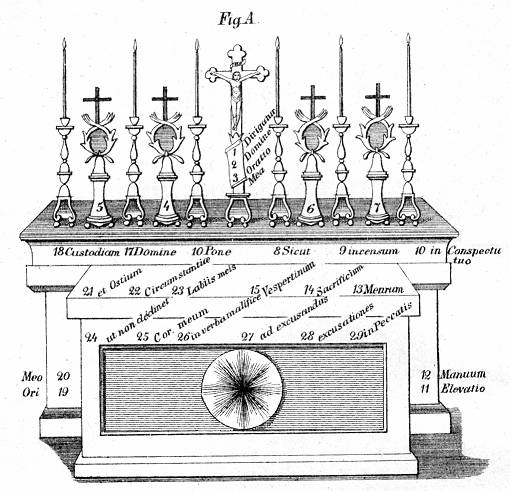
Altar diagram from Ceremonial for the use of the Catholic
Churches in the United States of America,
Ninth Edition, revised by Rev. W. Carroll Milholland, S.S., published by H. L.
Kilner & Co., 1926.
The above diagram of the Catholic altar shows the same general
Babylonian sun symbol. In the photo below, behind Pope John Paul II, on the
front of the altar of St. Peter's Basilica, you see a tapestry with a sunburst
design nearly identical to the pagan sun-god symbol of Baal / Shamash. This
tapestry is called the
altar frontal, antipendium (antependium), or pallium altaris.
